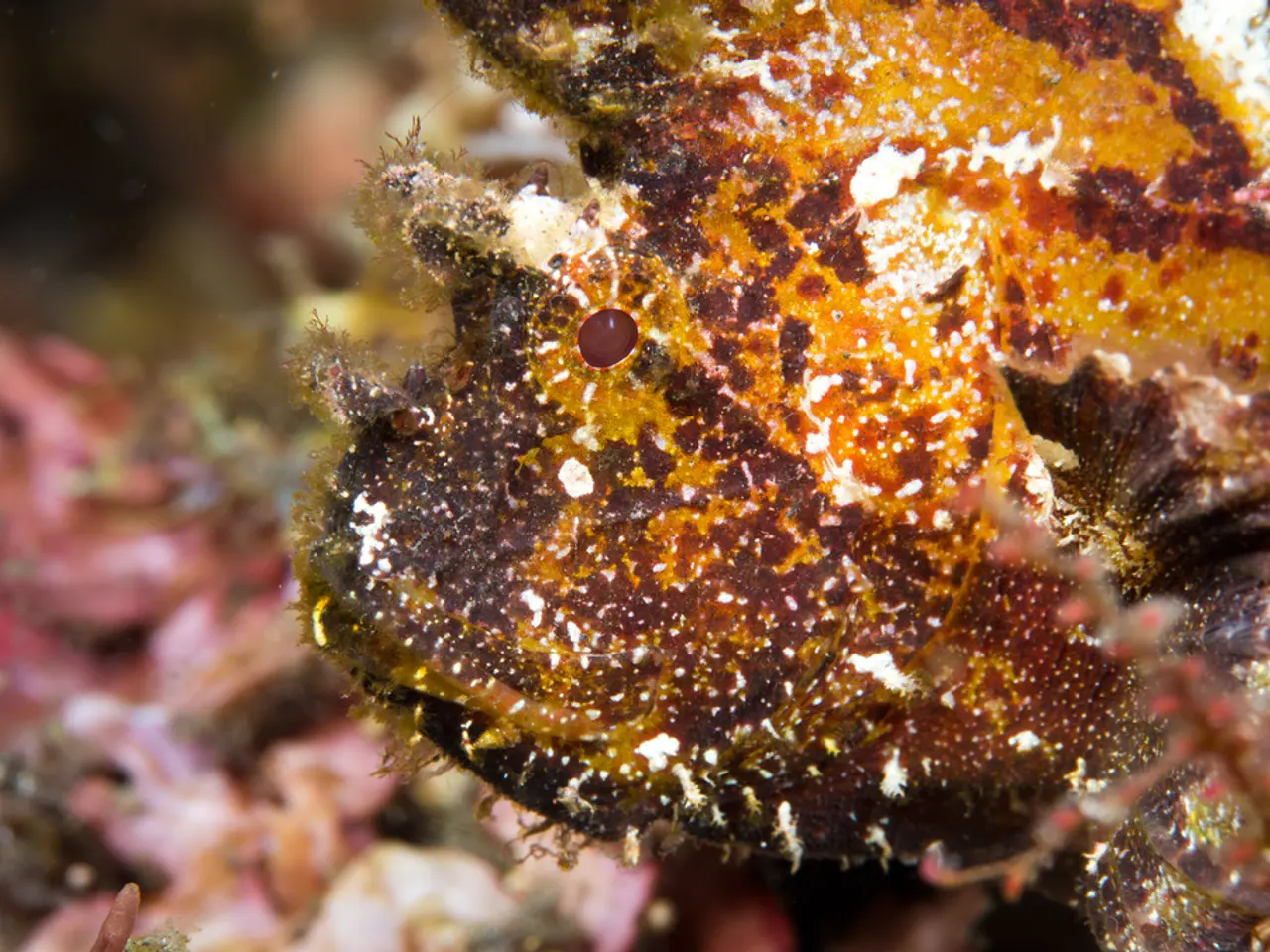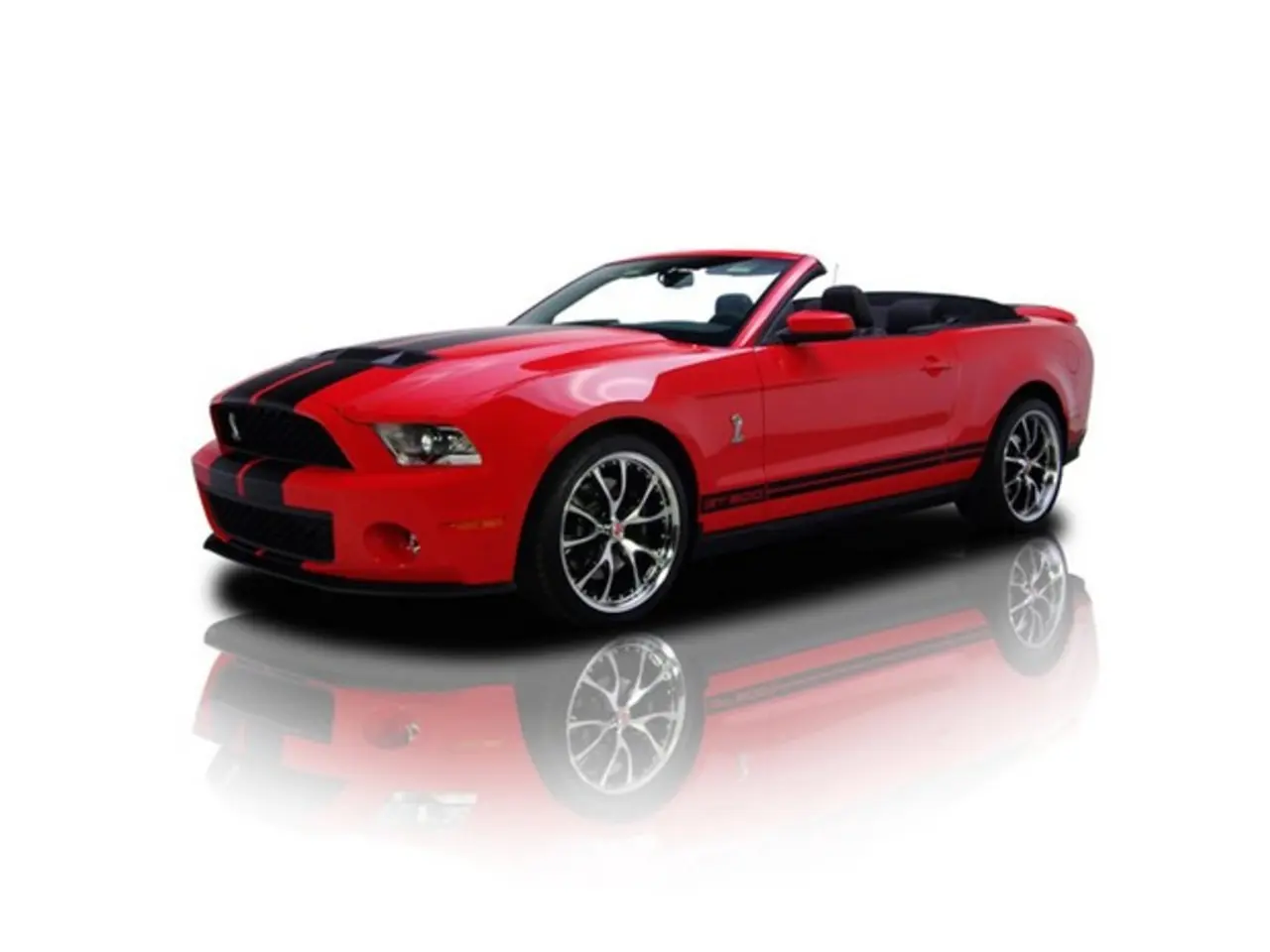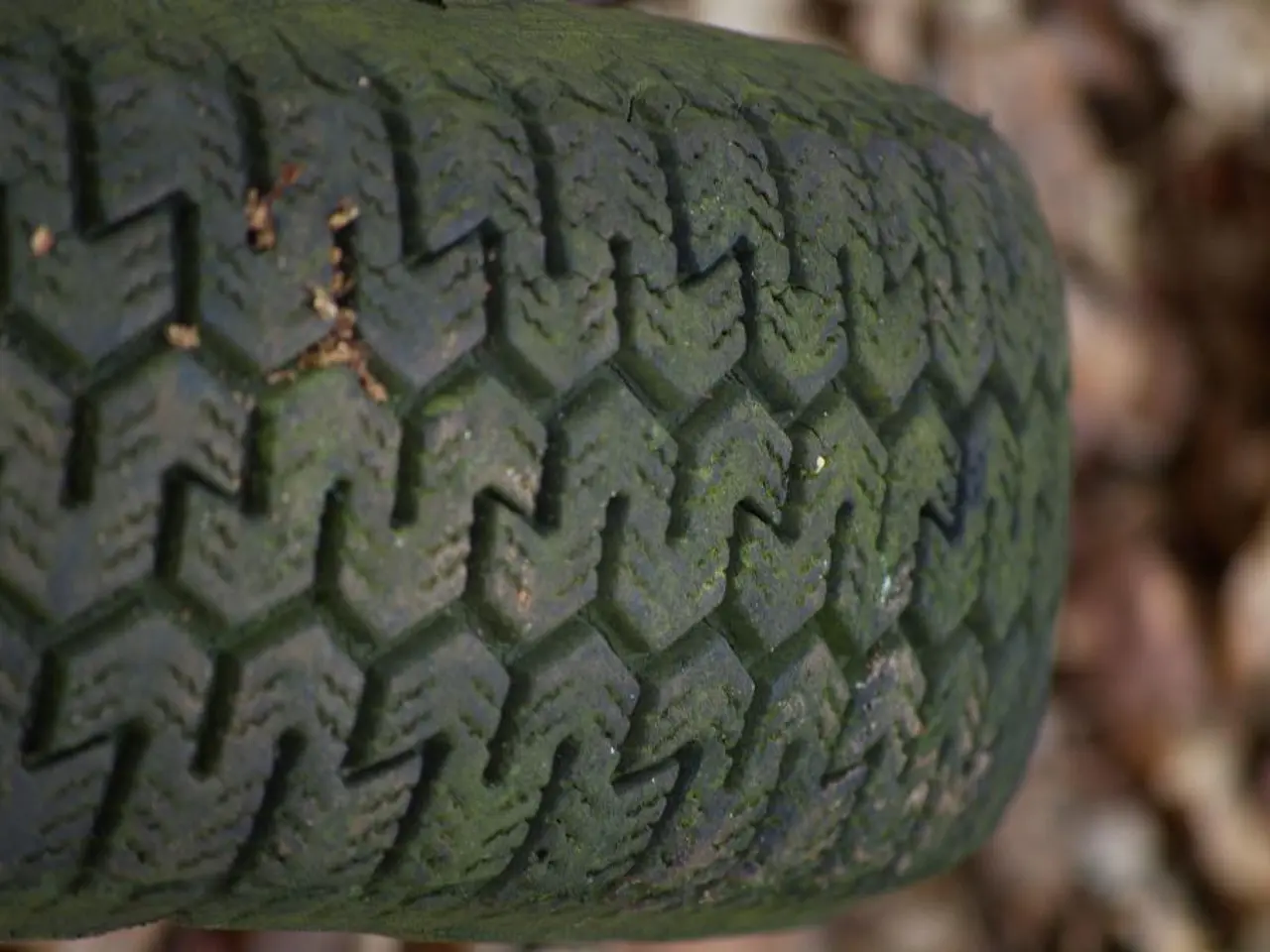Autonomous underwater glider, modeled after a paper airplane, exhibits swimming motion akin to a seal, thanks to AI design.
**Machine Learning Pioneers New Era for Autonomous Underwater Vehicles**
In a groundbreaking development, researchers at MIT and the University of Wisconsin-Madison have created an AI pipeline that utilizes machine learning to design autonomous underwater gliders with unprecedented aerodynamic shapes, surpassing the conventional, utilitarian designs traditionally used in ocean exploration [1][3].
**Automated Design Process**
The new system employs a neural network to simulate and predict the performance of various 3D designs within a physics-based environment, focusing on hydrodynamics and the crucial lift-to-drag ratio—a key metric for efficiency in fluid environments [1]. To achieve this, the team introduced a "deformation cage"—a mathematical tool that allows the AI to manipulate and stretch simple base shapes (like ellipsoids) into complex, novel geometries [1].
**Inspired by Nature and Data**
This biologically inspired approach goes beyond imitation: the AI is not confined to mimicking known natural forms, but rather generates entirely new designs that might not occur to human engineers, potentially surpassing natural efficiency in specific conditions [1]. By training the system on 20 diverse models, including biological (whales, sharks, rays) and engineered (submarines) forms, the AI generated hundreds of unique variations, optimizing for maximum energy efficiency and maneuverability [1].
**From Simulation to Reality**
The AI pipeline was validated using digital, complex physics simulators that visualized how the gliders would move through water in 3D space. These digital tests showed that the AI’s predictions closely matched simulated performance, with only minor deviations in lift-to-drag ratios when compared to real-world wind tunnel tests (about 5% difference) [5]. Two top-performing designs—a jet-like vehicle at a 9-degree angle of attack and a four-wing vehicle at 30 degrees—were 3D-printed as hollow shells, minimizing material use and energy during fabrication. These shells were fitted with internal hardware (buoyancy pumps, mass shifters, and electronics) and tested underwater [5].
**Potential Impact on Ocean Exploration**
The AI-generated designs promise to move through water more efficiently, reducing energy consumption and enabling longer missions for oceanographic research [3]. The pipeline is designed for future enhancements, such as real-time adaptability to changing underwater conditions and the creation of highly customized or miniaturized vehicles for specialized tasks [3]. By automating the design-test-refine cycle, the system could dramatically speed up the development of next-generation underwater robots, opening new possibilities for deep-sea exploration, environmental monitoring, and marine science [1][3].
**Summary**
| Aspect | Traditional AUV Design | AI-Driven AUV Design at MIT/UW–Madison | |-------------------------|----------------------------------------|----------------------------------------------| | Design Process | Human intuition, incremental improvement| Machine learning, physics-based simulation | | Shape Diversity | Limited by human creativity | Hundreds of unique, optimized shapes | | Efficiency Focus | Streamlined, functional | Maximized lift-to-drag, energy efficiency | | Fabrication | Labor-intensive, less flexible | Rapid 3D printing, reduced material use | | Adaptability | Fixed designs | Potential for real-time, adaptive responses |
**Looking Ahead**
The research marks a significant shift towards co-designing both vehicle shape and control systems using AI, potentially revolutionizing how underwater robots are developed and deployed. Continued work aims to enhance these vehicles’ adaptability to dynamic ocean environments, further pushing the boundaries of what is technologically possible in marine exploration [1][3][5].
- The new AI pipeline in the field of science is paving the way for a new era in autonomous underwater vehicles (AUVs), exceeding traditional designs in aerodynamic shapes.
- This development, a collaboration between MIT and the University of Wisconsin-Madison, uses machine learning to simulate and predict the performance of various 3D designs, focusing on the crucial lift-to-drag ratio.
- The team employed a "deformation cage," a mathematical tool, to manipulate and stretch simple base shapes into complex geometries, optimizing for energy efficiency and maneuverability.
- The process is biologically inspired, going beyond mimicking natural forms, with the AI generating entirely new designs that surpass natural efficiency in specific conditions.
- By training the system on 20 diverse models, the AI created hundreds of unique variations, including biological forms like whales, sharks, and rays, and engineered forms like submarines.
- The AI pipeline's predictions closely matched digital performance, with only minor deviations when compared to real-world wind tunnel tests, and two top-performing designs were 3D-printed for underwater testing.
- The AI-generated designs promise to reduce energy consumption and enable longer missions for oceanographic research, contributing to advancements in environmental science and marine biology.
- The system could also speed up the development of next-generation underwater robots, opening new possibilities for applications in robotics, artificial intelligence, and climate-change research.
- Looking ahead, the research indicates a potential revolution in how underwater robots are developed and deployed, with continued work focusing on enhancing adaptability to dynamic ocean environments and pushing the boundaries of technological possibilities in the realm of environmental-science and technology.




